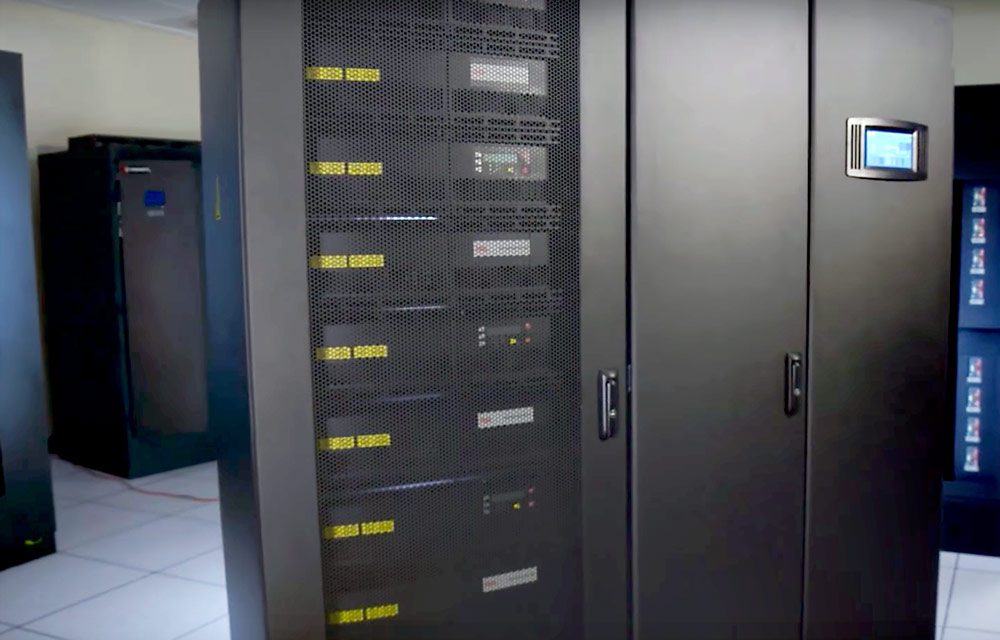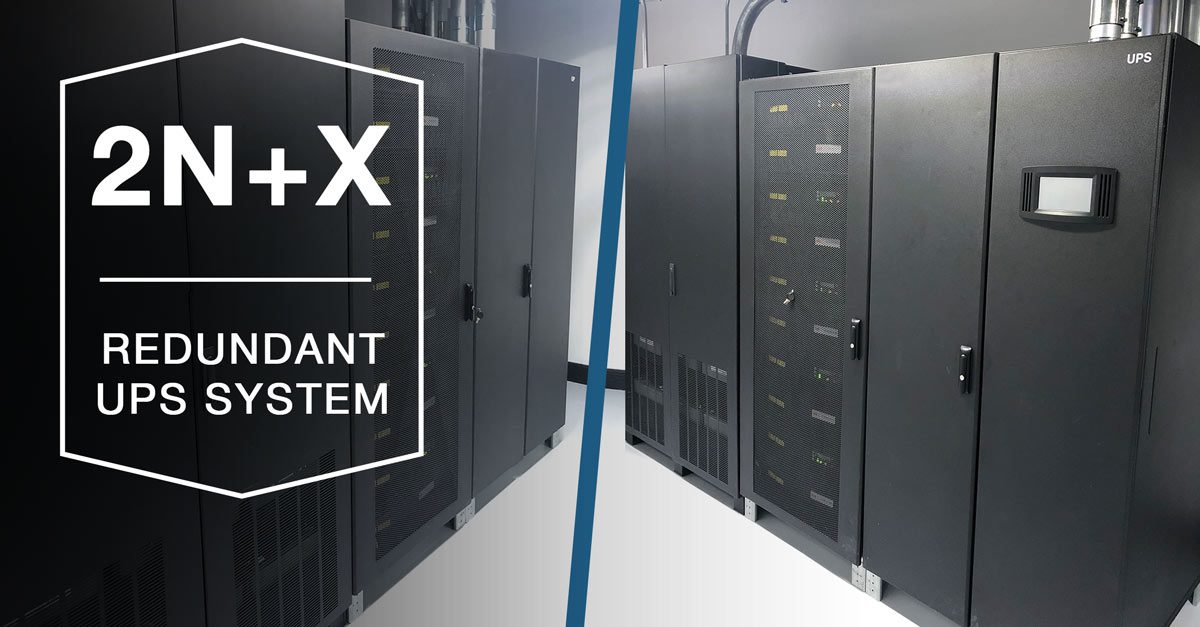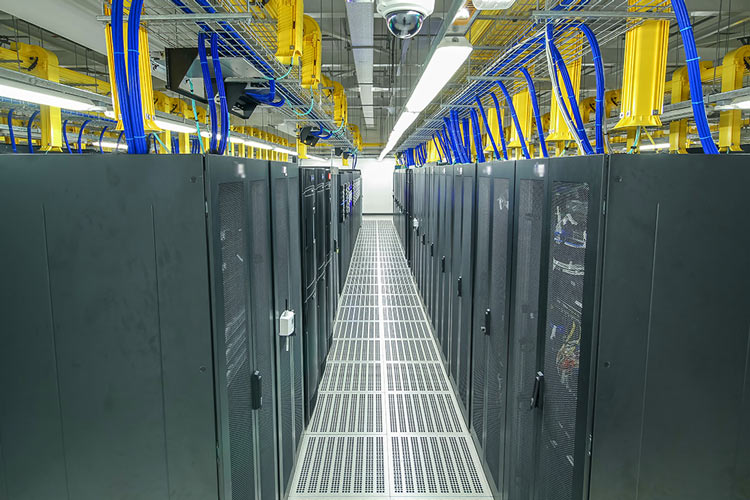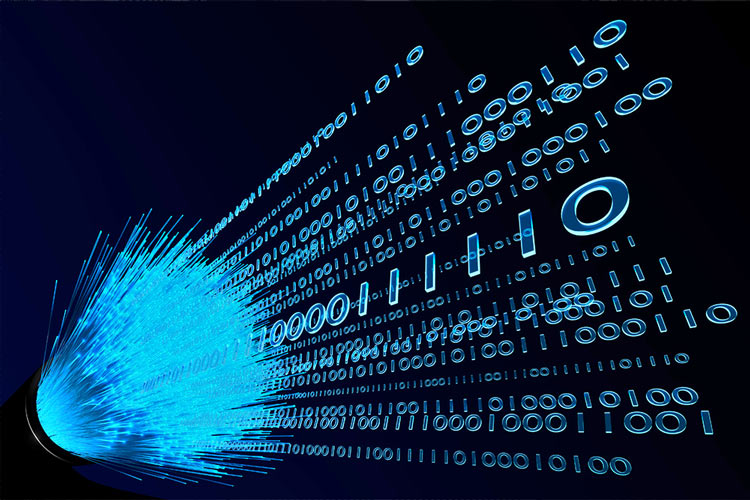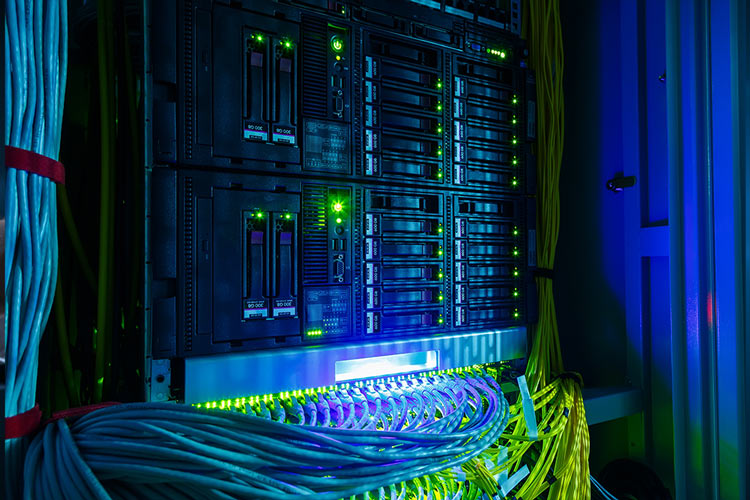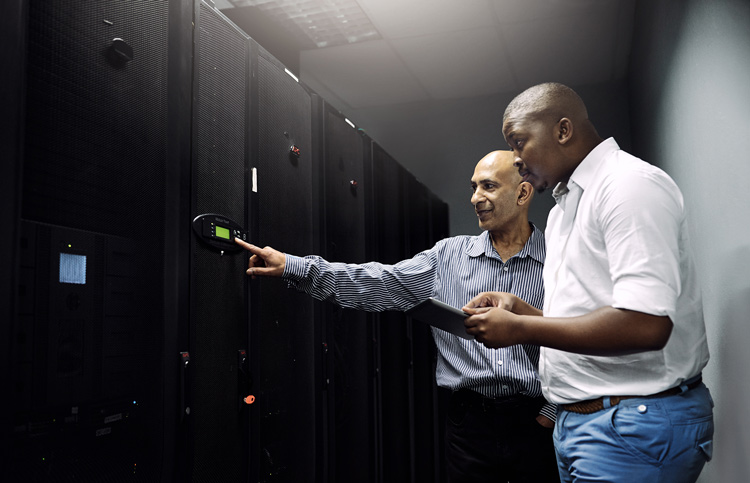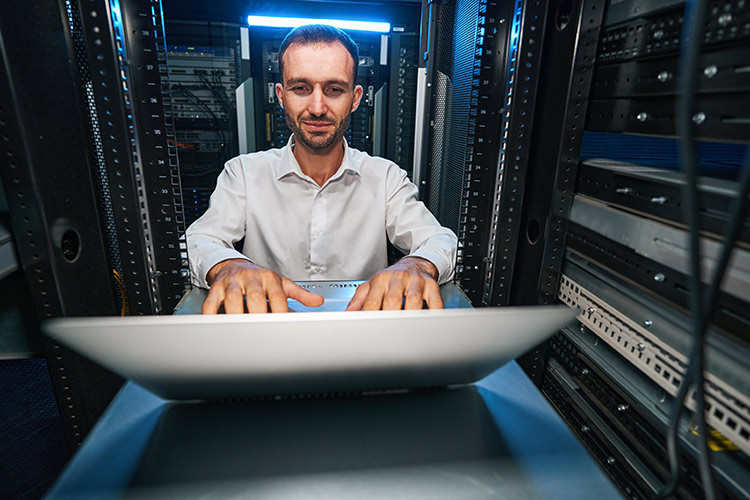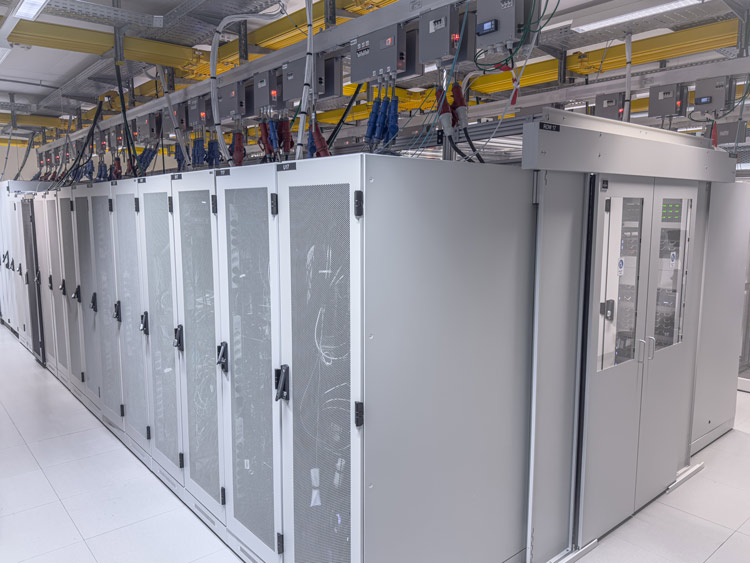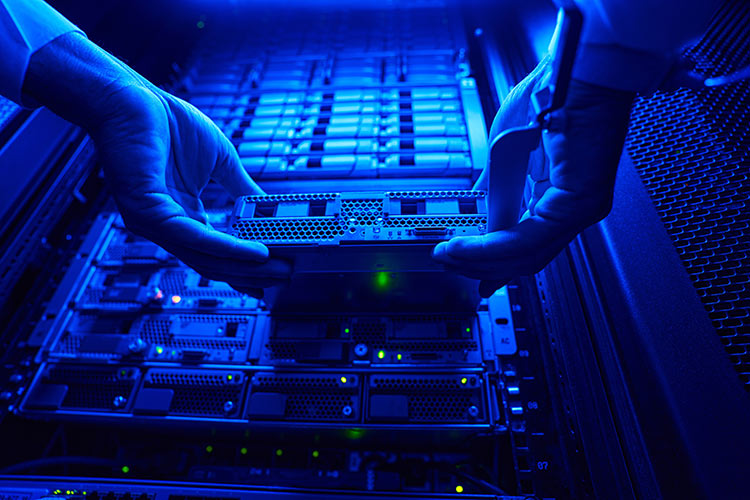Data centers, powering everything from cloud services and big data analytics to IoT devices, are the backbone of everything we do in this digital world. Our entire economy depends on their efficiency. As data centers become more complex and grow in scale, energy consumption is becoming a pressing concern in the industry. Data centers require vast amounts of electricity to run servers, cooling systems, and other critical infrastructure. The recent spread of generative AI has pushed data center power consumption over 1% of the total global energy consumption, presenting a considerable operational cost increase and an environmental issue that needs to be addressed. Subsequently, the industry has turned its focus to energy-efficient solutions. One of the key metrics in this context is Power Usage Effectiveness or PUE.
PUE is a ratio that measures a data center’s total energy consumption compared to the energy used only by its IT equipment. In a nutshell, the lower the PUE, the more energy-efficient the data center is. But let’s dig deeper into the details of what PUE is and why it matters so much in improving the overall sustainability of the data center infrastructure.
Power Usage Effectiveness – A Definition
Power Usage Effectiveness (PUE) is a key metric in assessing the energy efficiency of data centers to determine how well the facility is functioning. It was developed by the Green Grid and has been broadly adopted throughout the industry for benchmarking and improving data center power consumption. Monitoring PUE allows data center managers to measure the impact of various efficiency initiatives and take action to reduce power consumption and associated costs based on that information. PUE is one of the top sustainability metrics tracked in the industry. Together with the Data Center Infrastructure Efficiency (DCIE) metric, it provides critical insight into managing energy usage effectively and taking steps towards cost savings and environmental sustainability.
How is PUE Calculated?
Power Usage Effectiveness is calculated by dividing the total power entering the data center by the power used specifically for the IT equipment. The resulting ratio reflects the facility’s overall efficiency, where lower values indicate a better performance.
To calculate a data center’s PUE, you need to know the total power consumption of the entire facility and the power consumed only by the IT equipment. The total power consumption includes cooling, lighting, and everything else that’s non-IT. The power consumed by the IT equipment covers servers, networking gear, and storage devices. By closely following where the power goes, it becomes possible to identify and reduce the power expenditure of areas not part of the data center’s essential infrastructure and which don’t interfere with the functionality of the facility.
For example, lets imagine a data center that uses 100 watts for its IT equipment. If the total power consumption of the data center, including the power used for cooling, lighting, and other infrastructure, is 250 watts, then the PUE of that data center would be 2.5 ( 250 watts:100 watts). In this case, for every watt used by the IT equipment, the data center uses a total of 2.5 watts. A PUE of 2.5 indicates that this data center is burning up a significant amount of energy for non-IT purposes, so it’s time for some improvements.
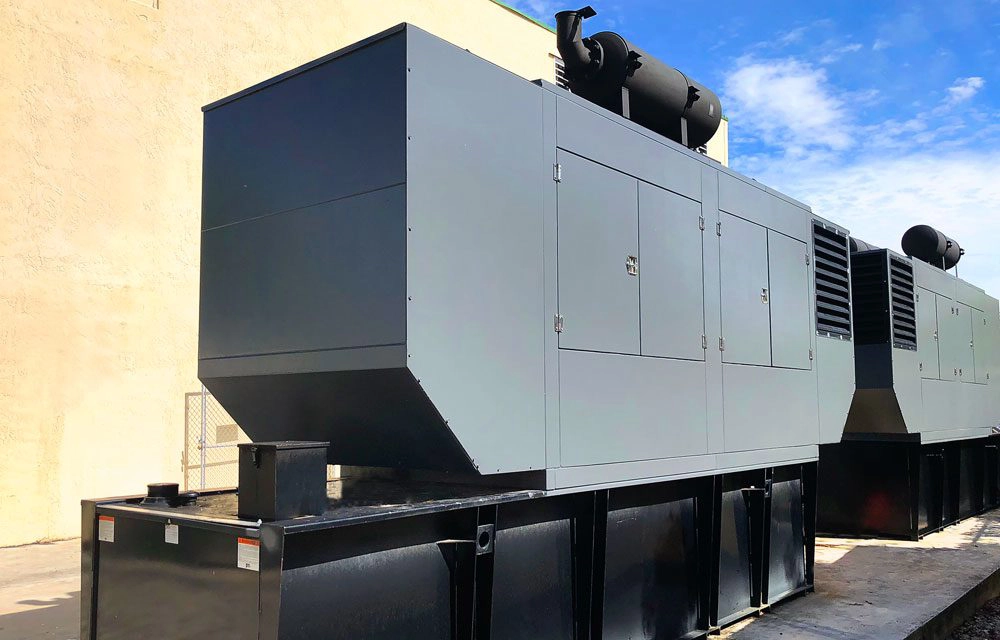
The Consumers
When looking at a high PUE number, it’s time to take a look at where all the power goes, which are the main consumers in the data center. Typically, these are the following.
IT Equipment
First, let’s take the essentials. The IT equipment is composed of the apparatus that fulfills the core tasks of a data center: computing and processing. These are the servers, storage devices, and networking gear. The efficient functioning of the IT equipment is obviously the most important in a data center.
Support Systems
Backup generators, fire suppression systems, and security consume their necessary share of electricity. Although these are non-IT consumers, they are essential contributors to the whole.
Power Distribution
Power distribution issues can significantly affect power usage effectiveness. Transformers, UPSs, and PDUs need to be highly efficient to keep power consumption between the desired levels.
Building Management Systems (BMS)
BMSs are responsible for monitoring and controlling the environmental conditions in the data center. An efficient BMS can adjust the cooling and humidity to external weather conditions to improve PUE.
Cooling
Cooling is responsible for a large chunk of the non-IT energy consumption in the data center. It includes cooling towers, chillers, economizers, and the CRAHs and CRACs.
Airflow
An efficient airflow management system can decrease the PUE of the data center. On the other hand, inefficient airflow management (not having a hot aisle and cold aisle containment solution) can lead to energy overconsumption.
Lighting and Other
Lighting typically doesn’t affect power usage effectiveness significantly. Nevertheless, using LED lighting with a motion sensor solution can further decrease energy consumption.
Why Power Usage Effectiveness is Critical
Power usage effectiveness is an essential metric for data centers that can help improve their energy efficiency by locating the areas that use too much power. Establishing strategies to improve energy efficiency in those areas can significantly decrease operational costs. Data centers are major power consumers globally, and as a consequence, taking action to improve PUE is a critical and necessary step to secure future sustainability. With the industry growing at a fast rate, sustainability goals will take center stage in the times to come. Improving PUE, however, will be different for every data center because of the many variables. Each operator has to take action according to the specific circumstances and measurements in their facilities.
Improving PUE is an ongoing process, and the earlier an operator sets its targets, the sooner the benefits start to manifest.
How to Reduce Non-Essential Consumption and Improve Your PUE
Sustainability and energy efficiency will foreseeably continue to occupy an important place, not only in the data center industry but in most areas of life. In the industry, companies, especially the big ones, are constantly working on improving their power usage effectiveness and reducing their impact on the environment. Although the bill is higher for larger companies, smaller data center operators can leverage the benefits of a lower PUE just the same. Here’s where most companies start:
Make Cooling More Efficient
In most cases, improving cooling and airflow management can help achieve the most notable results in boosting power usage effectiveness. Implementing hot and cold aisle containment and an impeccable airflow management system can make a surprisingly big difference in a data center’s energy consumption needs.
Upgrade Equipment
Outdated server hardware and network equipment can be sneaky overconsumers. Upgrading to energy-efficient models can make a considerable difference. Offering virtualization solutions and compact hardware options to reduce the number of physical servers where possible is also proving to be an efficient approach to reducing the data center’s footprint.
Choose a Cool Location
A data center located in a cold area somewhere up north can benefit from the cold climate and use the naturally cold air to its advantage. Free cooling is a known method for data centers strategically built in cool geographical locations. It allows external cold air to circulate the servers, rendering other energy-intensive cooling systems unnecessary. Underwater data centers work in a similar way by harnessing the inherent qualities of nature to achieve the lowest PUEs possible.
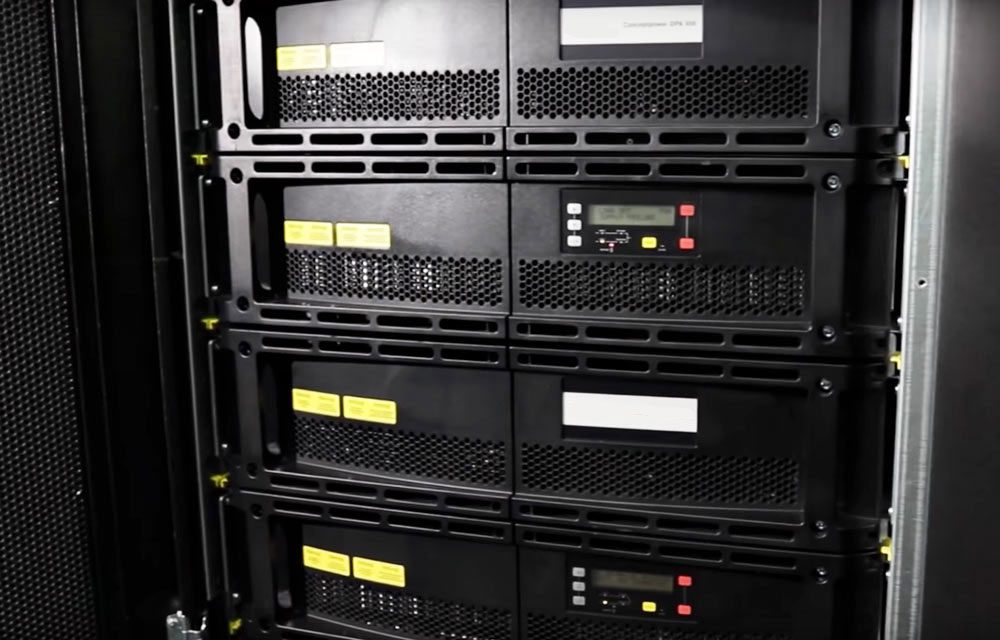
A Number to Aim For
In an ideal situation, a data center is so energy efficient that all the power that enters it is used only by the IT equipment. This would mean a PUE of 1.0. Of course, this is a theory, and in reality, this is not (yet) achievable; however, some companies can get very close to it, boasting PUEs of 1.5 and even 1.4.
Still, it’s important to consider that a data center located in a cold climate will have an easier time improving its power usage effectiveness metric because of better climate conditions. A data center’s PUE can be impacted by a number of things, and it can be different from case to case.
So, while it’s respectable to aim for a PUE of 1.0, a realistic approach would be to improve where it’s possible in the given circumstances. Consistently monitoring energy efficiency and adapting the infrastructure is an ongoing process of improvement.
Conclusion
Power usage effectiveness is an important measure for assessing power consumption patterns and implementing strategies for improving them. With Volico Data Center’s professional services, clients can optimize their IT infrastructures and operations to achieve sustainability goals. If you’re looking to improve your company’s PUE or learn more about data center energy efficiency, contact us at (305) 735-8098 or send us a chat message.

